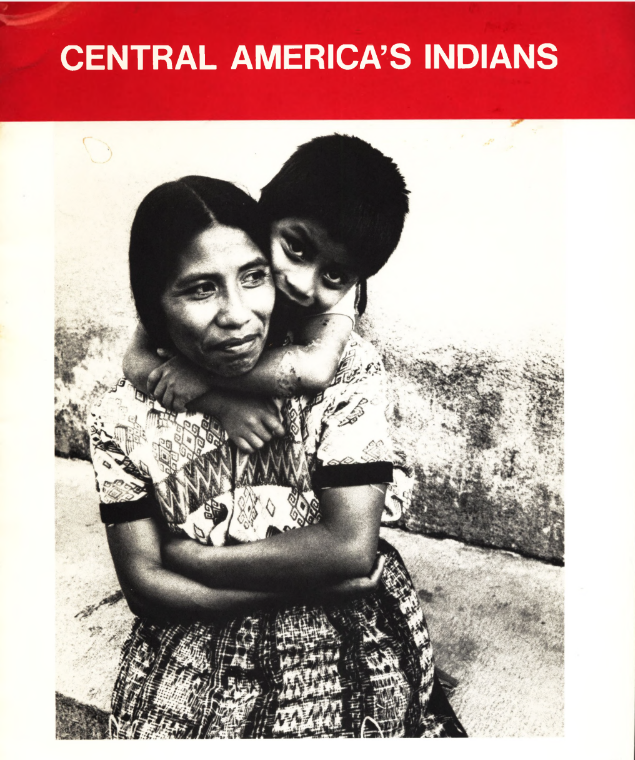Environment
Suriname, (a.k.a. Nederlands Guyana or Dutch Guiana) is located in northeastern South America. It is bounded on the north by the Atlantic Ocean, and shares borders on the east with French Guiana, on the west with the Republic of Guyana and on the south with Brazil. The country has an area of 163,265 sq km (63,037 sq mi). The southern part of the country along the border with Brazil consists of dense tropical rainforest and sparsely inhabited savanna.
History
Suriname, was originally inhabited by many distinct indigenous groups such as the Taino (Arawak), Kali’nago (Carib), Warrau Wayana and Akurio. The Dutch arrived in 1581, entering into colonial competition with the English who began settling during the first half of the 17th century. The Dutch subsequently acquired present-day Suriname from the English in 1667, in the exchange for what is now New York City.
Dutch settler control of the Guiana coast caused the indigenous groups to retreat into the interior to avoid extinction. Colonial policy included practices like transporting a selection of indigenous people of Suriname to the 1883 International Colonial and Export Exhibition in Amsterdam and displaying them in human zoos.
Dutch traders were among the first to establish slave forts and castles on the coasts of Western Africa and imported and enslaved over 300,000 Africans in Suriname including many of Akan and Ashanti origin.
Plantation conditions were brutal, and life spans short. Many slaves escaped into the rainforests of Suriname to avoid the very harsh conditions. These Maroons (also known as ‘Djukas’ or ‘Bakabusi Nengre’) often returned to attack the settlements.
After a half century of guerrilla warfare against colonial and European troops the African Maroons signed treaties with the Dutch government in the 1760s, enabling them to live a virtually independent existence until well into the 20th century.
Maroon communities formed an effective buffer between the coastal European settlements and the indigenous groups of the interior and also contributed significantly to the eventual abolition of slavery.
Post-abolition
The Dutch ended chattel slavery in 1863 but demanded obligatory but paid plantation labour from former slaves for another five years. Mostly Chinese labour was then imported from the Netherlands East Indies. Between 1873 and 1916 in an agreement with the British many East Indian labourers were also imported from north Indian states such as Bihar and Eastern Uttar Pradesh (see also Guyana and Trinidad). After 1916 labourers especially from Java were again imported from the Netherlands East Indies, (today Indonesia)
Until the introduction of universal adult suffrage in 1949, Suriname was ruled by a small group of wealthy Europeans and Creoles. Internal autonomy came in 1954 with an Electoral Act based on racially demarcated constituencies. Economic, cultural and linguistic factors already divided the ethnic groups; and this act encouraged ethnic divisions to extend into political organization.
In November 1975 Suriname was granted its independence by the Dutch Parliament. A number of people (approx. 40,000) chose to retain Dutch citizenship and immigrated to the Netherlands.
In 1986 the Surinamese Liberation Army (SLA), a group of Maroons who claimed that government resettlement policies threatened the autonomy of their society, began guerrilla activities against military posts on Suriname’s eastern frontier. There were civilians deaths and 4,500 refugees fled to French Guiana.
In April 1990 France and Suriname agreed to provide for the repatriation of an estimated 10,000 Surinamese refugees from French Guiana. After alleged attempts at forcible repatriation some 6,000 refugees voluntarily returned.
Agreement was reached with the guerrilla movements in May 1992. Guerrillas were included in the amnesty previously extended to the military and the government promised that the interior would become a priority for social and economic development.
Governance
In 1987, the Front for Democracy and Development, which represents Javanese interests, won the elections and brought in a new constitution.
Legislation regarding indigenous peoples is still lacking. Some villages have titles to land but all ownership rights belong to the government. During the second half of the 1980s Taino (Arawaks), Kalinago (Caribs) and Wayanas were relocated by government and guerrilla forces.
The economy of Suriname is dominated by the bauxite industry, which accounts for 70 per cent of export earnings. Other main exports include sugar and wood products.

